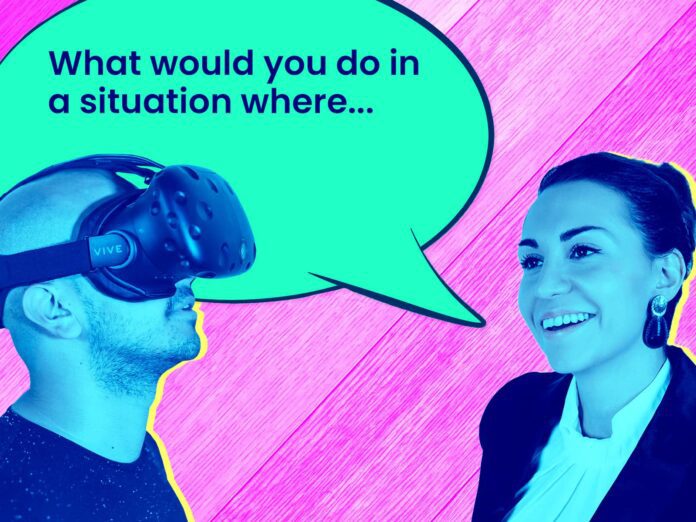The Benefits of IoT for Human Resources

Traditionally, human resources personnel closely monitor employees through survey feedback or integrated monitoring software. However, these methods don’t provide accurate data and objective assessments, leading to decreased employee engagement and miscommunication. To excel in this department, HR managers need a way to track employee performance, behavior, and comfort level without these consequences. That’s where the Internet of Things (IoT) comes into play. It can provide precise monitoring results, making HR tasks much more efficient. Let’s take a look at how professionals can use IoT technology to improve human resources.
'IoT makes it possible for organizations to make actionable decisions. It allows HR to connect to the workforce, address issues, and achieve goals more efficiently.' -Devin PartidaClick To TweetBenefits of IoT for HR
#1: Employee Wellbeing
Employee health is a top concern for employers. They want to be sure their workers can produce results without compromising their health. Otherwise, an employee with health issues leads to more sick days, decreased productivity, and less revenue. This is where HR teams can closely monitor employees’ health with connected devices. For instance, wearables provide data such as walking distance, steps, vitals, and food intake.?
The department can pinpoint any health concerns and detect hazardous situations based on data. For example, some wearables can identify specific locations of infected employees and develop a map of safety and pre-authorized zones. This technology can make the workplace safer and improve efficiency.
#2: Better Recruitments
Recruitment is one of the most vital processes of human resources. IoT now makes it possible for human resources to track employee responses during recruitment. Using this technology, human resources can make the recruitment process more efficient.
For example, recruiters can create virtual experiences for interviews. By integrating augmented reality into the setting, HR can enhance candidate evaluation and track responses through wearable technology. On the other hand, artificial intelligence-enabled IoT can enhance the selection process by eliminating bias and increasing employee diversity.
#3: Enhanced Employee Productivity
IoT has eye-tracking technology to detect eye movement using sensors. By tracking these motions, human resources personnel can identify factors such as specific work hours or distractions from background noises.
This information helps HR to gather information on how productive the employees are at work, especially for remote and hybrid workers. In turn, they can help employees improve time and stress management via sessions to ensure they’re more active during work hours.
Additionally, IoT sensor technology can identify the most productive employees, enabling human resources to provide career assistance. For example, a beacon in a keyboard can detect key presses per minute. Suppose HR notices an employee is more efficient at typing than handling calls. In that case, HR could transfer that worker to the back office to enhance productivity.
#4: Workplace Comfort
Research shows that two-thirds of businesses report their employees feeling overwhelmed, which leads to mental and physical ailments. The Internet of Things — with the help of AI — has the potential to detect symptoms of depression and other mental illnesses within employees.
For instance, cameras can click on images of employees at certain times of the day — extracting behavioral patterns and comparing them to pictures of those who suffer from depression. In this way, the technology can help determine whether an employee is suffering from mental health issues. If the findings of IoT indicate an employee is depressed, it can flag HR personnel and allow them to organize counseling sessions. As a result, employees can decrease burnout and feel more comfortable at work.
IoT & the Future of HR
The Internet of Things makes it possible for organizations to make actionable decisions. It allows HR to connect to the workforce, address issues, and achieve goals more efficiently. With this innovativeness, IoT will enhance human resources’ response time and agility — helping organizations stay ahead of the curve while attracting potential recruits.
Tweet
Share
Share
- Artificial Intelligence
- Augmented Reality
- Internet of Things
- People Management
- Quality Management
- Artificial Intelligence
- Augmented Reality
- Internet of Things
- People Management
- Quality Management
